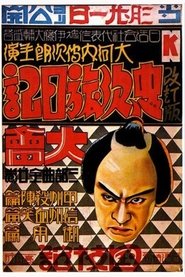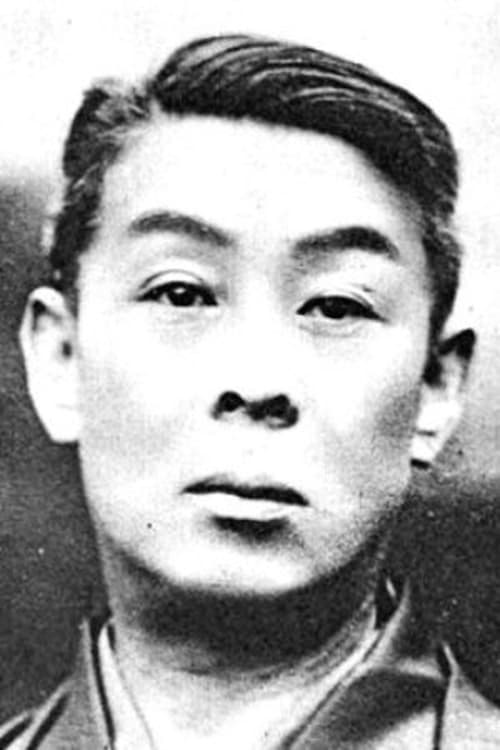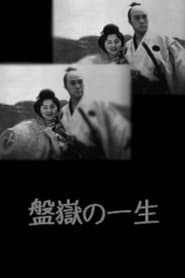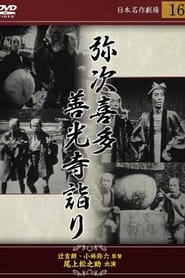detail profile en ichir c5 8d jitsukawa
Peran Yang Di Mainkan En'ichirō Jitsukawa
 A traveling gambler becomes dutybound to...
A traveling gambler becomes dutybound to...Kutsukake Tokijiro 1929
A traveling gambler becomes duty-bound to the wife and child of the yakuza he had slain and desires to leave the criminal life for good. However, with no other skills but his sword, he is forced to hire himself out in the midst of a gang war.
 A Diary of Chujis Travels is...
A Diary of Chujis Travels is...Chuji's Travel Diary: Story of Bloody Shinshu 1927
A Diary of Chuji's Travels is a silent Japanese jidaigeki made in 1927 starring Denjirō Ōkōchi and directed by Daisuke Itō. It was originally released in three parts, all of which were long thought to be lost until portions of the second part and much of the third part were discovered and restored in 1991. Since the film had once been voted in a 1959 Kinema Junpō poll as the best Japanese film of all time, its discovery was significant. At the time of its release, Itō was the leader of a new style of samurai films that featured outlaw heroes and fast-cut sword fighting scenes.
 A film on the life of...
A film on the life of...Shibukawa Bangorō 1922
A film on the life of Shibukawa Bangorō, the founder of the Shibukawa-ryū school of jūjutsu. To paraphrase Satō Tadao’s blurb on the back cover of the video, this is an important film for three reasons. 1. it is an almost perfectly well preserved copy of one of only a few full-length movies still available of the first superstar in Japanese cinema history, the very famous Onoe Matsunosuke. 2. it uses a method that was common in the silent era, the dyeing/tinting of film to mark given moments of day (for ex., blue for night-time) or given situations (for ex., red for fire) – and even though most films that used this technique have been redeveloped in straight b&w, this one is available in its original form. 3. it is an early SFX (special effects) movie that uses the basic tools of the trade - a great action movie full of swordsmanship and monsters (bakemono).

 Yamanaka Sadaos fourth feature film The...
Yamanaka Sadaos fourth feature film The...
 Jiraiya is some sort of superninja...
Jiraiya is some sort of superninja...